Description
Publication date: 2011
Editorial
Karim Basbous
Read moreThe focus of this sixteenth issue of Le Visiteur is “territoire.” A first section explores the work of architect Luigi Snozzi in the village of Monte Carasso in Ticino, and in a second we publish more articles drawn from the conference “Le territoire dans tous ses états” organized by the Société Française des Architectes and CNRS.[1] What is referred to as urbanism today is a practice often detached from the project, limiting itself to setting rules for the uses of an urban area generically, without looking at the specifics of each locality. In contrast, Luigi Snozzi’s work argues that regulation should be based in empirical reality, not in the form of sets of rules but rather sets of exceptions to fit each particular situation. In this sense, he returns to what was called the “embellissement des villes” during the French Enlightenment, reminding us of that period when legislators and urban architects worked hand in hand.
Monte Carasso would have continued to look just like a great many other communities, had it not been for the 1978 meeting between Luigi Snozzi and its mayor Flavio Guidotti, when everything changed. The outcome was a new departure in politics as well as architecture.
At Monte Carasso, Luigi Snozzi sidestepped the hazards that typically constrain the scope of the urban architectural project. Faced with the village’s ancient heritage – in this case, a Renaissance-period monastery – his response was progressive rather than conservative: he transformed the building as much as he renovated it. Instead of the constraining uniformity of building codes, he proposed a curious “topical rule.” This rule is not established prior to the design stage but derived a posteriori from the architectural solution. For Luigi Snozzi, the project is the startingpoint and the rules are the provisional conclusion: each implementation of a project thus enjoys a degree of freedom that standardization usually eliminates. Luigi Snozzi returns true power to the project: the tiniest parcel of land bears responsibility for the entire locality, and the rules he has invented for the village are not decrees to be obeyed but principles to be interpreted. Lastly, Snozzi works over the long term: Monte Carasso is the outcome of work carried out over thirty years, thirty years that have seen the architect, the mayor, and the people of the village developing something like the “social ties” whose general decline in today’s society can only be deplored.
Luigi Snozzi himself describes, in a tone that combines the humorous and the provocative, the architectural and administrative experiments of his venture. Judith Rotbart and Laurent Salomon, Fabio Merlini, and Pierre- Alain Croset explore the uniqueness of the “Monte Carasso case” in the realms of politics, urbanism, and local planning.
Not every locality is lucky enough to be the subject of an undertaking as successful as Luigi Snozzi’s. Ruth Marques traces here the key moments in the evolution of the European city. In a reading of the French landscape in the twentieth century that combines economics, politics, and aesthetics, she reveals the violence that has been done to the very idea of place, before outlining the conditions of its possible restoration.
The “territoire” that concerns Philippe Potié is not a physically occupied one, but one established in the collective unconscious. He analyzes the deployments of the gaze and the narrative as brought together in Delirious New York, in order to disclose the urban fiction that gives rise to the “Manhattan effect.” The last three pieces in this section each explore an aspect of urban violence, of a more physical, more concrete sort than that discussed by Ruth Marques. The three types of violence bring together very different “territoires”: the violence of planning for Yves Pedrazzini, the violence of asymmetric wars for Saskia Sassen, and the violence of surveillance methods for Rémi Baudouï.
Lastly, Le Visiteur is delighted to present an article by Martine Dassault that evokes the dramatic architectural space of the monastery of La Tourette, and contrasts it with the “innocence” of the chapel at Ronchamp. Dassault compares each of these two buildings with its painted twin, a striking parallel sure to surprise the reader.
[1] “Le territoire dans tous ses états”, a conference organized by the Société française des architectes and the CNRS, November 13-14 2009, with the support of the University of Paris-Est-Marne-la-Vallée and of the Urbaine de travaux; for articles already published, see Le Visiteur No. 15.
Translated from the French by Linda Gardiner
Monte Carasso: searching for a center
Luigi Snozzi
Read moreBeginning of the article…
Monte Carasso, a little village in the Swiss canton of Ticino, is located in the extensive area of the southern foothills of the Alps, still quite densely inhabited, where over the centuries, in conditions of extreme poverty, and even destitution, there developed a particular peasant culture with distinct variations between north and south. This area and its culture are now threatened by rural flight to the city and by the gradual absorption and disappearance of villages that is happening as a result of the expansion of major cities. In Ticino, it is the greater Milan conurbation that presents the threat.
Reality proves to us that urban planners do not understand the transformation of the city in terms of spatial configuration, and only grasp its quantitative aspects. The powerlessness of these planners results from this defensive reaction to urban expansion, and from the uniformity of their programs, which do not take the specific characteristics of different localities into account.
It seems to me important to reverse our relationship to the phenomenon of sprawl: instead of fearing and resisting it, we should accept it in order to exploit its potential. We ought to be saying, “Welcome to our villages, dear city – how nice to see you!” The goal then is, by intervening in suitable ways, to assign new values to this actual situation, and to introduce new points of reference within these emerging contexts. It is essential to define, regardless of any zoning regulations, other regulations that are adapted sensitively to each specific site.
The locality, the mayor, and the architect
Judith Rotbart and Laurent Salomon
Read more“Every idea, which in us is absolute or adequate and perfect, is true.”[1]
Baruch Spinoza
Beginning of the article…
Since the dawn of time, or at least the dawn of their time, architects have acquired the skills that enable them to read a site and imagine how it can be transformed, to visualize its future appearance once the project has transformed it. The locality is the subject of their thinking, of the meticulous preliminary research that is a prerequisite for future construction. The locality is what architects explore in order to identify the population concerned, and to lay the groundwork for a future social project. By contrast, politicians think of a locality as the place where they hold power. They are in charge of what is already there. They plan to use certain parts of their domain for specific human or economic activities, but only by selecting existing available sites. Their vision of their domain has no concrete form, and even seems to avoid the suggestion of form. It is an abstraction, not a view from the mountaintop by some Alexander the Great reading the landscape before a battle, nor a bird’s-eye view that shows the whole extent of the domain.[2] In short, architects understand a locality mainly as a place where they will build, while politicians understand it above all as the given site of their actions. These are simple facts, harsh realities – but Monte Carasso seems to have escaped them.
[1] “Omnis idea, quae in nobis est absoluta, sive adaequata et perfecta, vera est,” Baruch Spinoza, Ethics, Book II, prop. 34.
[2] “The bird’s-eye view has introduced something new and important into our intellectual practice: an immediate view of the layout of the ground below. The plan of the terrain is utterly detailed (read as two-dimensional) … From now on, a large part of the confusion resulting from the simple fact that human eyes are positioned about 1.60 meters off the ground will be resolved thanks to this unambiguous reading. The ability to ‘see things from on high,’ the perpetual ambition of those who construct buildings and theories, has now become a tangible reality.” Le Corbusier, Les Trois Établissements humains, Paris, Éditions de Minuit, 1959, p. 138.
The architect and the Logos
Fabio Merlini
Read moreStructure of the article…
From the enchantment of time to the disenchantment of space
Space confronts modernity
A call to resist: towards a “revaluation of the ethics of space”
Luigi Snozzi and Monte Carasso: a long-running experiment
Pierre-Alain Croset
Read moreBeginning of the article…
Monte Carasso occupies a unique position in the landscape of late twentieth-century urban and architectural experimentation. It is unique firstly because of the remarkable length of time that the experiment has lasted: when Luigi Snozzi was contacted in 1979 by the village authorities, he never imagined that he would find such fertile ground in this tiny community, so much so that he would go on to work for over thirty years alongside its tireless mayor, Flavio Guidotti. In Monte Carasso, Snozzi found for the first time an opportunity to put into practice the principles he had developed in a fruitful series of “counter-projects” which called into question – sometimes in highly polemical terms – the relations between the architectural project and urban planning. An outspoken critique of “official” urban planning, these counter-projects condemned the usual process through which municipal authorities decide on the siting of public buildings. The alternative approach Snozzi proposed, calling for a stronger connection between the building and the land it sits on, was dismissed as “out of the running.”
Meeting Luigi Snozzi
Paulo Mendes da Rocha
Read moreBeginning of the article…
I first met Luigi Snozzi at an international meeting organized by the Bolivarian Catholic University in Colombia. A number of architects were there from all over the world, among them Jo Coenen and Snozzi.
Before the actual meeting, the university had planned a tour of the remarkable city of Cartagena de Indias for all the attendees. It was in the course of that very pleasant walk around the bay and walled city that Snozzi and I had the opportunity to forge a great friendship, even before I knew any of his work.
New York, the ghostwriter, and the schizophrenic
Philippe Potié
Read more“Utopia is signaled out as a figure. Produced in the distance between contradictory elements [the utopic discourse] is the simulacrum of the synthesis, while yet signifying the contradiction that produced it. It stages the fiction of reconciliation and offers it up for view in the text. I will also need to question the complex connection between Utopia, the neutral and fiction. Their seeming relationship has been assumed until now, and their respective level, status, and position must be clarified.”
Louis Marin[1]
Beginning of the article…
Conversion
Seeing Manhattan as an emotional field, an empathetic bond: this, we conjecture, is what constitutes the theoretical and physical starting-point that turns Delirious New York into a machine for project-making.[2]
Antoine Picon has outlined this idea in the preface to his book on André Ravéreau, where he accurately compares Ravéreau to Rem Koolhaas in terms of their common capacity to be “converted” to a locality: “The conversion of the architect and the services he can render in conditions that are always imperfect are the true goals. There is something almost religious about the asceticism proposed here. … Rem Koolhaas, curiously, proposes nothing other than a change of attitude, one certainly very different in its content, when he asks architects to accept contemporary urban chaos as the fundamental given of the practice of their profession.”[3]
The power of Koolhaas’ book seems to consist less in the defense of an idea or a doctrine than in the “conversion” of the gaze to be directed at the city. The point would appear to be to construct a more empathetic relationship to an urban space, not to applaud it as an ideological or formal model. The power of the narrative lies not in its ability to convince readers through rational argument, but rather to convert them, win them over with its subtle play of stances, gazes, and figures, whose permutations weave a clever game in which the dense city takes on the mantle of becoming, of a project, with – and beyond – all its contradictions. This dynamic seems to be played out through the imperceptible approach to a stage where the real and the imaginary gradually merge. One would like to investigate exactly how this mechanism works to capture and convert the gaze – a gaze that eventually reconciles, and almost makes attractive, the congenital malformation of urban hyperdensity. The question could be formulated thus: how can one mentally “grasp” Delirious New York in order to use it as the material for a project? We propose the hypothesis that this empathy can be defined in a tripartite movement: the internalization of the urban infrastructure, temporal fiction, and narcissistic decentering.
[1] Louis Marin, Utopics: The Semiological Play of Textual Spaces, Amherst, NY, Humanity Books, 1990, p. 11.
[2] Delirious New York: A Retroactive Manifesto for Manhattan (New York, Monacelli Press, 1994) marked a change in ways of thinking about the urban project that is confirmed a little more every day, now that three decades have passed. With the benefit of hindsight, we would like to propose some hypotheses about its discursive construction and its relation to the dynamics of the project. Although it has attracted countless tributes and critiques, the book has, however, been the subject of only a few narrative analyses. An article by Luc Baboulet is one of the few to focus with great perspicacity on the dynamics of the text: “Du document au monument. Quelques jalons pour une légende de l’architecture,” Communications, 2001, vol. 71, No. 1, pp. 435-463.
[3] Antoine Picon, “Une question d’attitude,” in Rémi Baudouï and Philippe Potié (eds.), André Ravéreau. L’atelier du désert, Marseille, Parenthèses, 2003, pp. 9-14.
The city in three phases
When there’s no there there[1]
Ruth Marques
Read moreBeginning of the article…
“How France has become ugly”
This title of an article published in Télérama in February 2010[2] reminded me of a question I found myself asking seven or eight years ago, during a trip through Burgundy: deeply moved by the glorious harmony of its built history and its vine-covered landscape, I was suddenly struck by the intolerable, banal disgrace of the suburban environment. I came back from this trip dazzled by what I had seen, but also in mourning for the city that we apparently no longer know how to create. This happened at the same time as a debate, more ideological than technical, between the rabid opponents of any form of “urban sprawl” and the fervent supporters of a new “French dream,” that of the “emerging city.” And I found myself, given my official position,[3] at the center of this little war.
So must cities stop growing? And in any case, what cities are we talking about?
[1] This article draws on one that appeared in La Pierre d’angle, No. 049/050, from the Proceedings of a conference held in December 2008, “Aménagement durable et patrimoine,” published by the Association nationale des architectes des bâtiments de France in May 2009.
[2] Télérama, No. 3135, February 16th, 2010, article by Xavier de Jarcy and Vincent Rémy.
[3] As the head of the department of sustainable redevelopment and urban mobility in the DGUHC, Ministère de l’Équipement.
Urban violence, the violence of urbanization, and the urbanism of fear
The destructive dialectic of the built environment
Yves Pedrazzini
Read moreBeginning of the article…
The uncertainty of the city
To judge by the newspapers, a sense of insecurity affects everyone, rich or poor, who lives in an urban environment. Individual security and that of the community has become a major concern in the countries of the South and North alike, and the campaign against those identified as responsible for “insecurity” is both a political priority and an attractive marketing opportunity. However, control of this state of affairs is out of the hands of all concerned, for the realm of violence is made up of thousands of individual situations, and understanding and controlling them all is proving ever more difficult. Only the strategies focused on security appear to form an effective response, but for these strategies to succeed, the enemy must first be identified. Today, the finger is almost always pointed at the poor, or the young and poor. Because of these strategies, the sense of insecurity, however legitimate it may be, functions to widen the distance from the Other – the poor, the wicked – and to give that Other an infinite variety of faces.
These ideological representations influence public policy in the area of security and policing, and also urban planning policy. Enemy territory, with the enemy now seen as a “geographical adversary,” is broadly perceived as a threat. In response, regulations, from the local to the international level, legitimize the use for security purposes of practices and technologies,[1] currently being extended onto a global scale,[2] that create new friendly territory by destroying poor neighborhoods. In Europe and the Americas, but also in Africa and Asia, the presence of violence and insecurity has prompted a radical transformation of cities and practices, and to an increase in social and geographical fragmentation.
However, an analysis of the new connections between violence and the city ought to lead to a critical review of the political, social, economic, and environmental directions taken by urban society – by which we mean a radical questioning of the principles of segregation and separation that now govern them, whether in Paris, New Delhi, or Rio. The role of violence in the shaping of urbanization is undeniable, no doubt, but we can not end our analysis there. Apart from the question of violence, other crucial issues to do with urban development also call for attention. The city is being transformed via the identification of its violent areas and systematic attempts to turn these zones of insecurity into secure ones. The security to be achieved through this process is to be permanently enshrined in the actual physical makeup of the city, and will profoundly alter its character.
[1] I am thinking here of CCTV and other urban anti-crime apparatus, of the rules governing the use of public space, but also of regulations to curb “antisocial behavior” such as those in place in Barcelona.
[2] Didier Bigo, “La mondialisation de l’(in)sécurité?” Cultures & Conflits, No. 58, Summer 2005.
Open city: beyond asymmetric war and environmental violence
Saskia Sassen
Read moreBeginning of the article…
Cities have long been sites for conflicts, from war to racisms and religious hatreds. And yet, where national states have historically responded by militarizing conflict, cities have tended to triage conflict through commerce and civic activity. Often the overcoming of urban conflicts became the source for an expanded civicness. Today cities are losing this capacity and becoming sites for a whole range of new types of conflicts, such as asymmetric war and ethnic and social cleansing. Furthermore, the dense and conflictive spaces of cities overwhelmed by inequality and injustice can become the sites for a variety of secondary, more anomic types of conflicts, from drug wars to the major environmental disasters looming in our immediate futures. All of these challenge the traditional commercial and civic capacity that has allowed cities to avoid war when confronted with conflict, and to incorporate diversity of class, culture, religion, and ethnicity.
The unsettling of the urban order is part of a larger disassembling of existing organizational logics. This disassembling is also unsettling the logic that assembled territory, authority and rights into the dominant organizational format of our times – the nation-state.[1] All of this is happening even as national states and cities continue to be major markers of the geopolitical landscape and the material organization of territory. The type of urban order that gave us the Open City[2] in Europe, for instance, is still there, but increasingly as mere visual order, and less so as social order.
[1] The emergent landscape I am describing promotes a multiplication of diverse spatiotemporal framings and diverse normative mini-orders, where once the dominant logic was toward producing grand unitary national spatial, temporal, and normative framings (See Saskia Sassen, Territory, Authority, Rights: From Medieval to Global Assemblages (Princeton: Princeton University Press, 2008a), chaps. 8 and 9). This proliferation of specialized orders extends even inside the state apparatus. I argue that we can no longer speak of “the” state, and hence of “the” national state versus “the” global order. There is a novel type of segmentation inside the state apparatus, with a growing and increasingly privatized executive branch of government aligned with specific global actors, notwithstanding nationalist speeches, and a hollowing out of the legislature whose effectiveness is at risk of becoming confined to fewer and more domestic matters (See Sassen, 2008a, chap. 4).
[2] Editor’s note: By “Open City” is meant one in which the public spaces originally created for the benefit of the bourgeoisie also help to develop a sense of the civic in all the inhabitants.
The security panopticon
The continuing relevance of Michel Foucault
Rémi Baudouï
Read moreBeginning of the article…
For the last fifteen years or so in France, the discourse of security has shaped political discourse about the city, attacking the failed policies of prevention and the social measures applied in the problem suburbs, and proposing instead a policy of repression designed to support a return to “normality.” A paradigm reversal is under way. In the 1789 Declaration of the Rights of Man, liberty underpins the principles of security and equality. In the early modern political thought of Hobbes and Rousseau, liberty and security together fashion the social contract. Today, the principle of security is supposedly the sole ground of liberty. This conceptual reversal encourages an ideology of techno-security that affects the everyday environment and public space. This in turn forms the basis for a new architecture of criminal justice, for universal surveillance, for the definition of what counts as a suspicious activity, and for the prosecution and punishment of anti-social behavior. The desire to see, hear, touch, grasp, classify, prosecute, and finally imprison entails the installation of instruments designed for the management and control of bodies and minds in space, instruments that cannot but remind us of the modern mechanisms of power and social control explored by Michel Foucault. In the words of Evelyne Baillergeau, a “nebulous” system of public security has arisen.[1] The “ecology of fear” described by Mike Davis meets the criminogenic city head-on.[2] Almost two hundred years after its invention, today’s “panoptic city” is the apotheosis of Jeremy Bentham’s theoretical Panopticon.[3]
In what way are Foucault’s categories of power still relevant for recognizing and understanding the transformation of security that affects all our lives? How does his analysis help us to view the new political economy of urban security, currently under construction?
[1] Evelyne Baillergeau, “Intervention sociale, prévention et contrôle social. La prévention sociale d’hier à aujourd’hui, ” Déviance et Société, vol. 22, Paris, 2007, pp. 3-20.
[2] Mike Davis, Ecology of Fear: Los Angeles and the Imagination of Disaster, New York, Vintage, 1999.
[3] Jeremy Bentham, Panopticon, or the Inspection House, Dublin, 1791.
From La Tourette to Ronchamp: war and peace
Martine Dassault
Read more“We have to wake people up. Overturn the way they identify things. We need to create unacceptable images. Get people angry. Force them to understand that they live in a strange world. A disquieting world. A world different from what they think it is.”
Pablo Picasso[1]
Beginning of the article…
One day I found out that it was possible to stay overnight at the monastery of La Tourette. The mystical was united with the mythical: I would spend an entire night in the Holy of Holies, to meditate, to dream. All my aspirations were fused into one: between light and shadow, I would encounter the sacred. I was going to visit Corbu in the house of God, quite sure that I would find something very far from peaceful tranquility. My mind and my senses would be disoriented; I was apprehensive, to say the least.
(…) Once I dropped my luggage on the top floor, I decided, even if I were to get lost, that I had to escape the freezing narrowness of my cell, and I made my way two floors down towards the chapel; but as I wandered, I realized that what I was going to experience would be primarily sensory. The algorithms governing the famous “undulating glass walls” by Xenakis were playing their score at full blast, releasing a tempo that rose in a crescendo and rivaled my own, independent of my pace and my will, as if the phenomenon, triggered by the steep angle of my route, was playing in spite of me. “Architecture walks.”[2] The words overlaid the rhythms, the shadows of lines projected on the ground, the distant sounds, the amplified silences. Just to see what would happen, I stopped moving once or twice, and each time the throbbing musical phrase, quiet yet audible, suspended its linear vertical drama, in unison with the horizontal lines that attracted my gaze, repeating in synthesis the marks of the packing case visible on the unsurfaced concrete, growing in power at each new stage. My eyes and ears were in harmony, sending me visual and auditory information from this “hammer without a master” that I could no longer absorb. An obvious complicity between the lines of force of the glass and concrete generated an accelerated determinism. It seemed to me that a new space was born, strangely closed yet open at the same time, dictating new laws where opposites found a way to coexist while pushing their limits. This choice of the extreme, of the scathingly radical, made a space for new possibilities, new freedoms in which the building generated its music by compelling nature to participate: it could be seen in patches or strips of wild grass and the silhouettes of century-old trees. “Contemporary music is falling apart; the world is full of a new music, the music of machinery and of folklore. The ear receives fresh sustenance. Sensibilities are liberated, filled with poignant revelations.”[3]
[1] Pablo Picasso, Propos sur l’art, Paris, Gallimard, 1998, p. 141.
[2] Le Corbusier, Entretien avec les étudiants des écoles d’architecture, Paris, Minuit, 1957.
[3] Le Corbusier, Quand les cathédrales étaient blanches, Paris, Denoël, 1965, p. 184.

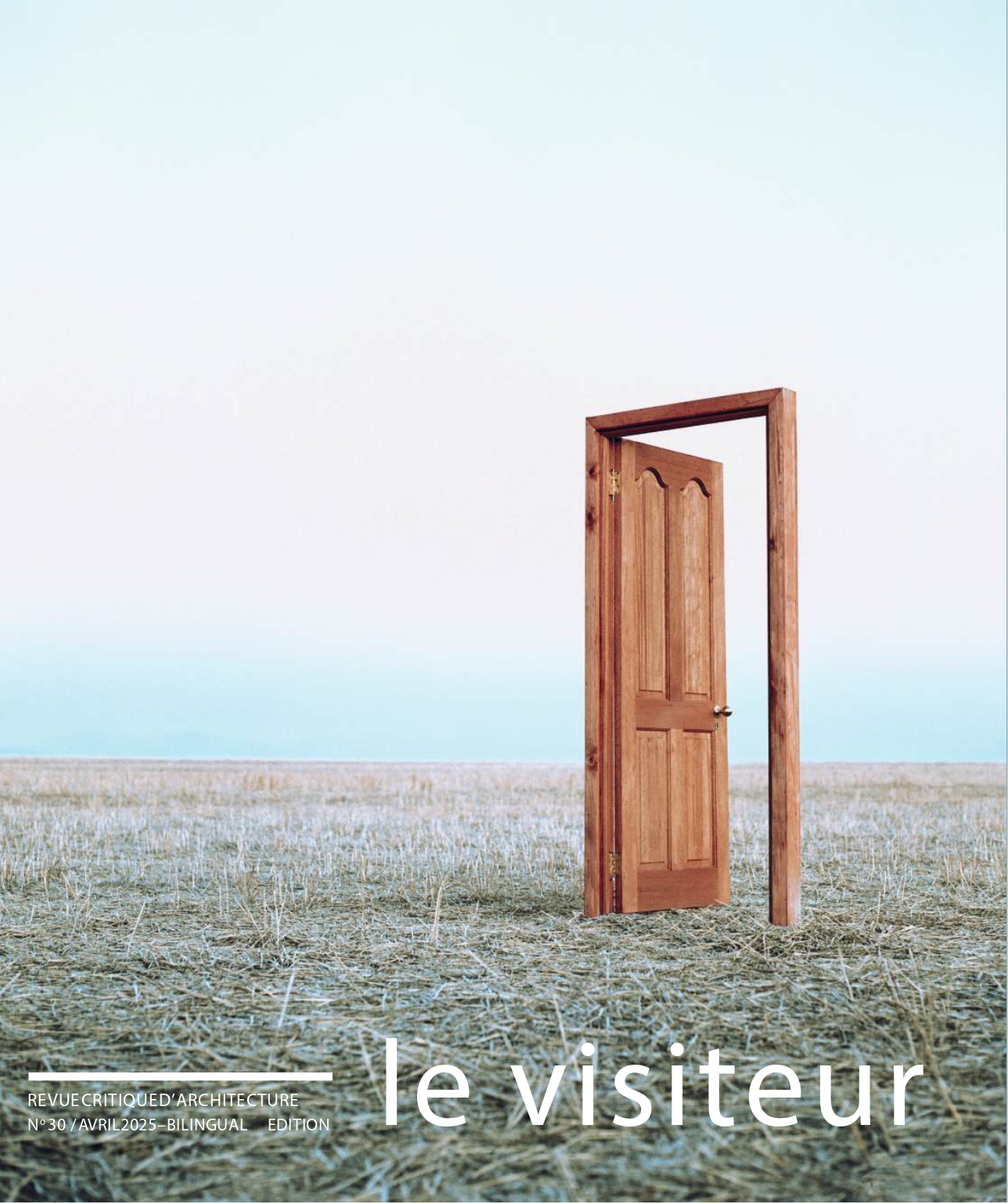
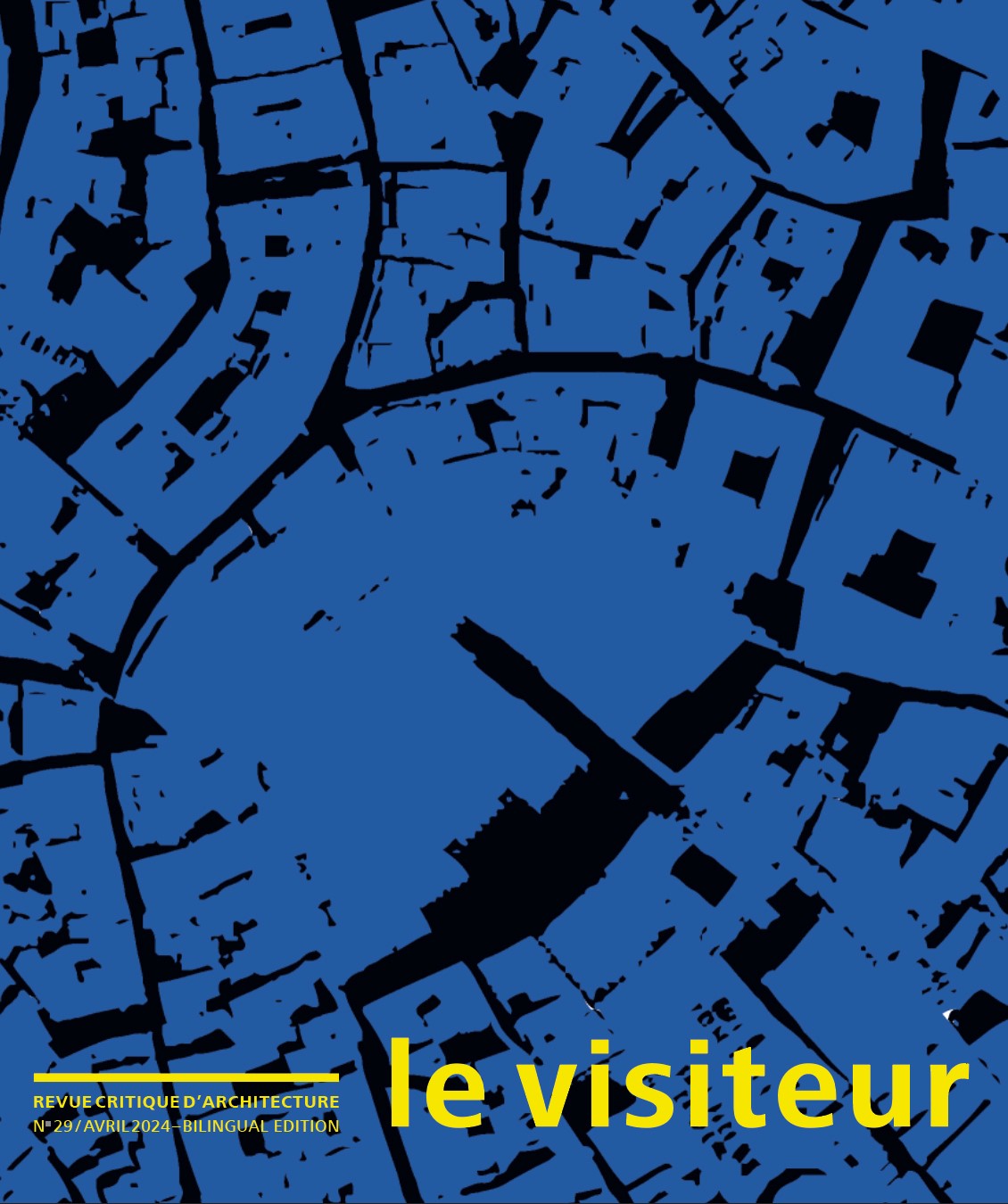
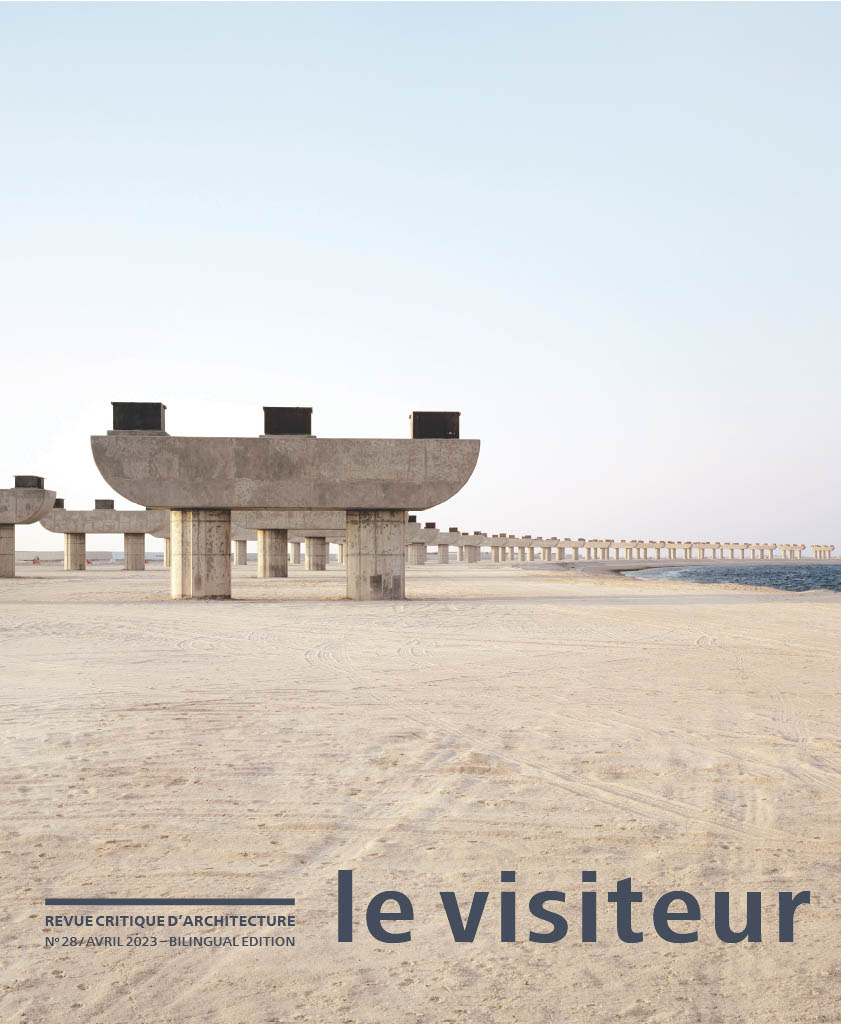
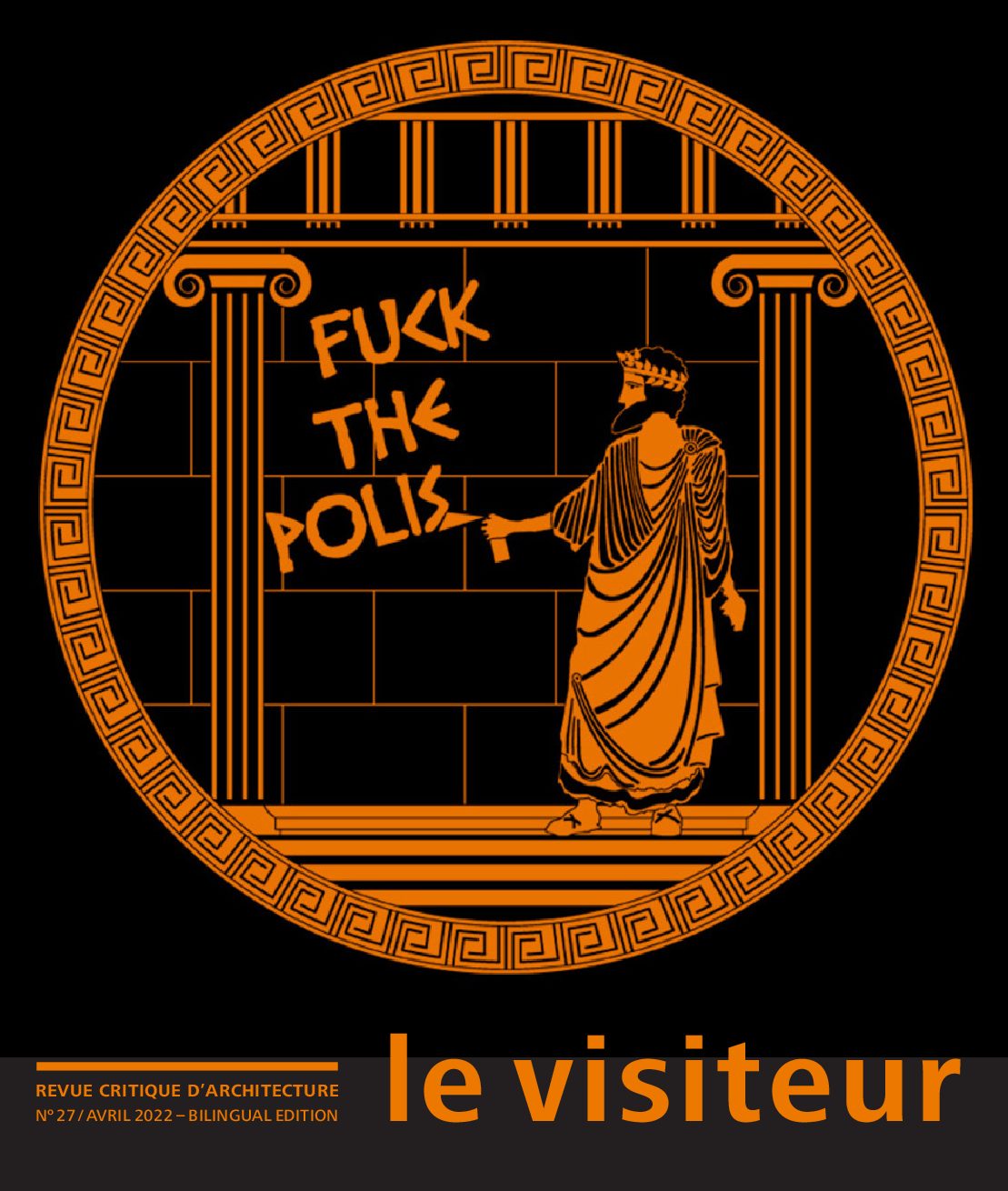
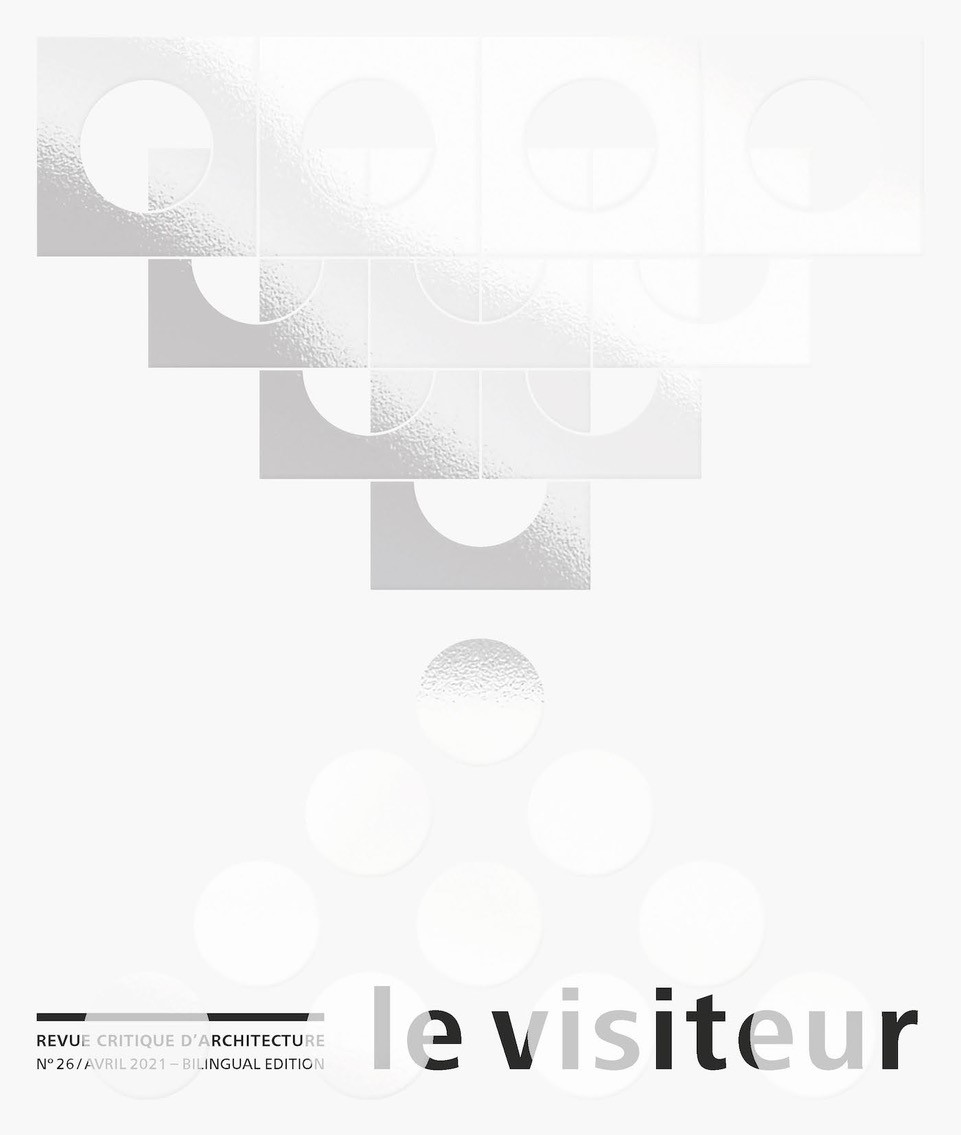
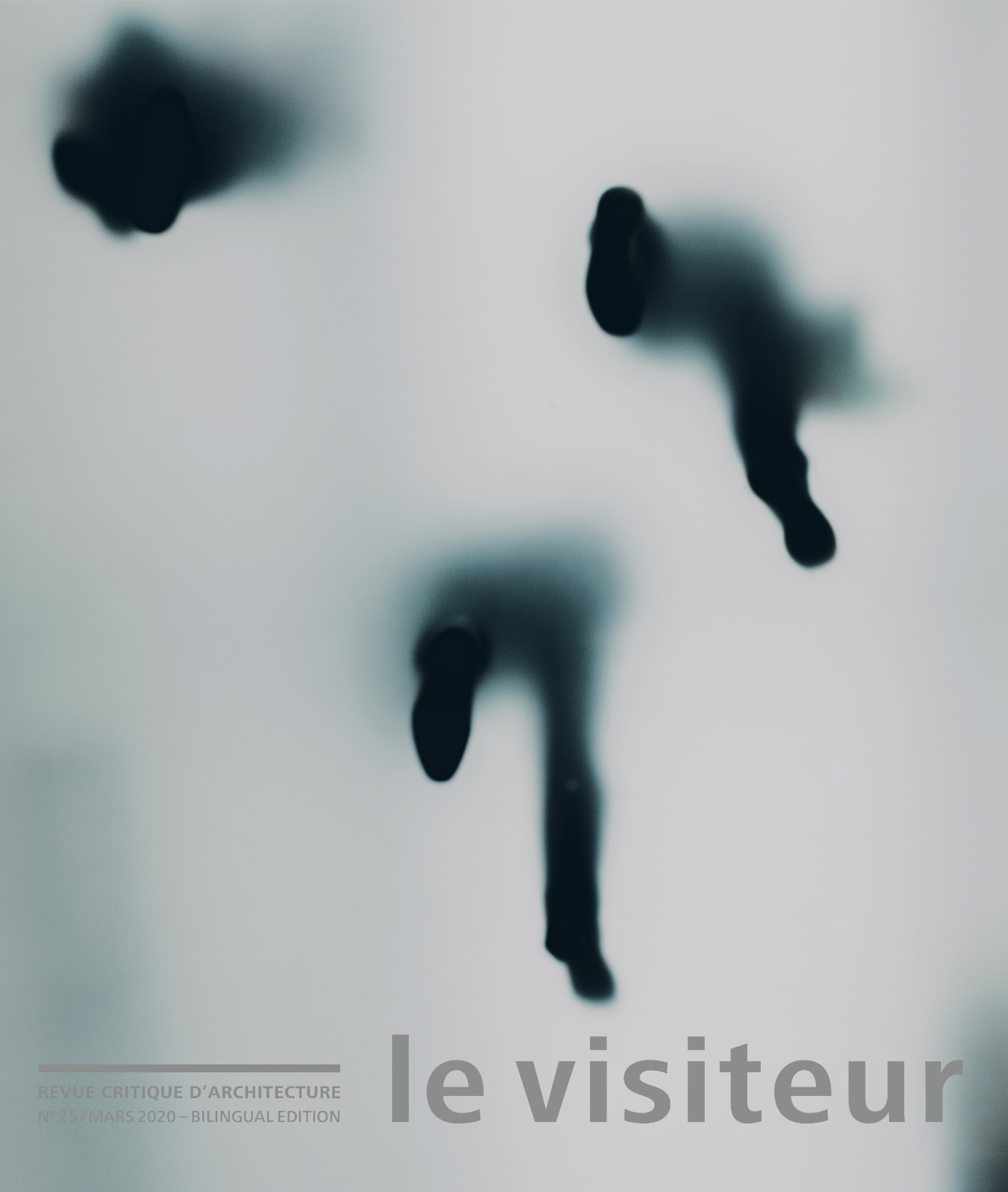
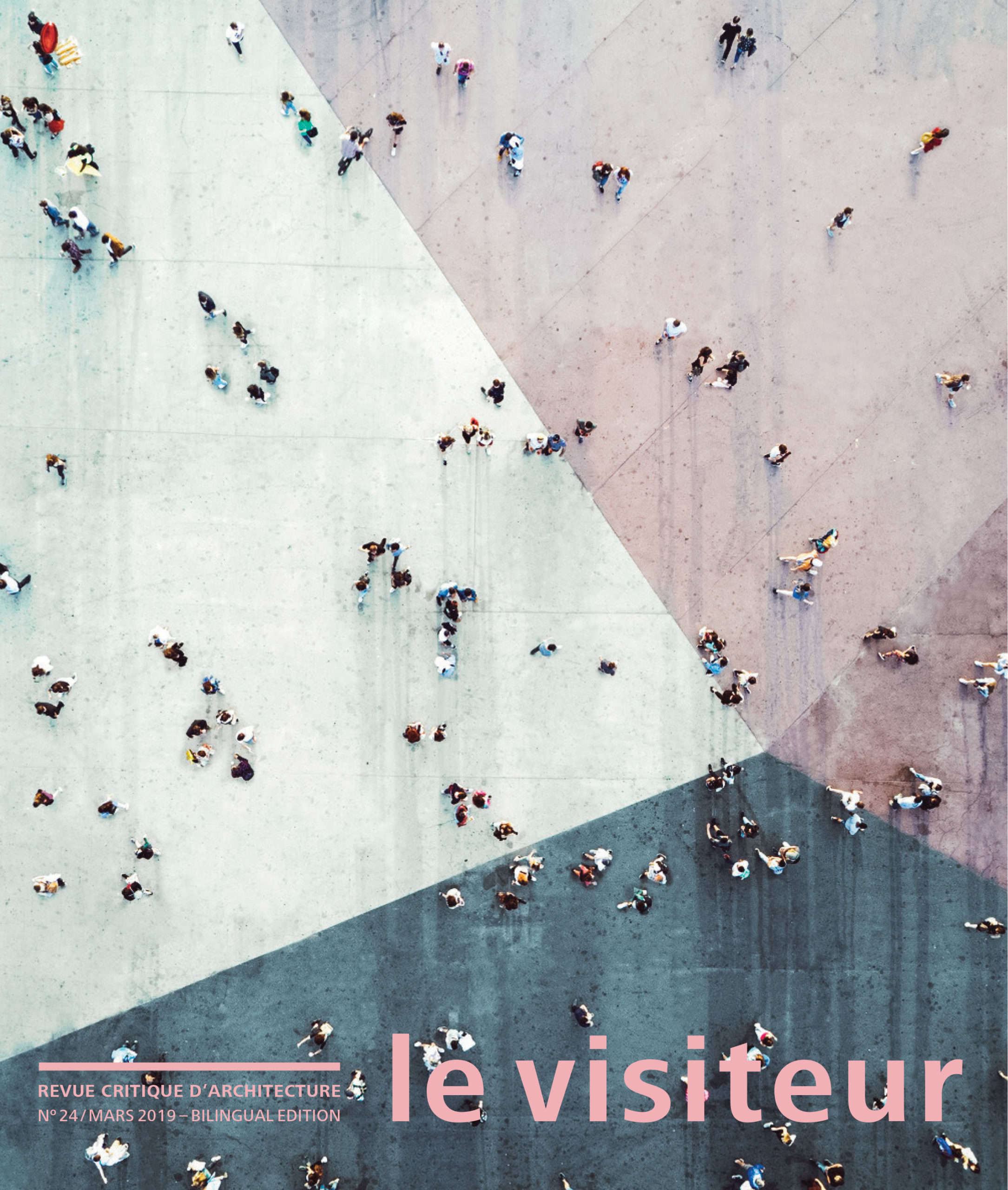

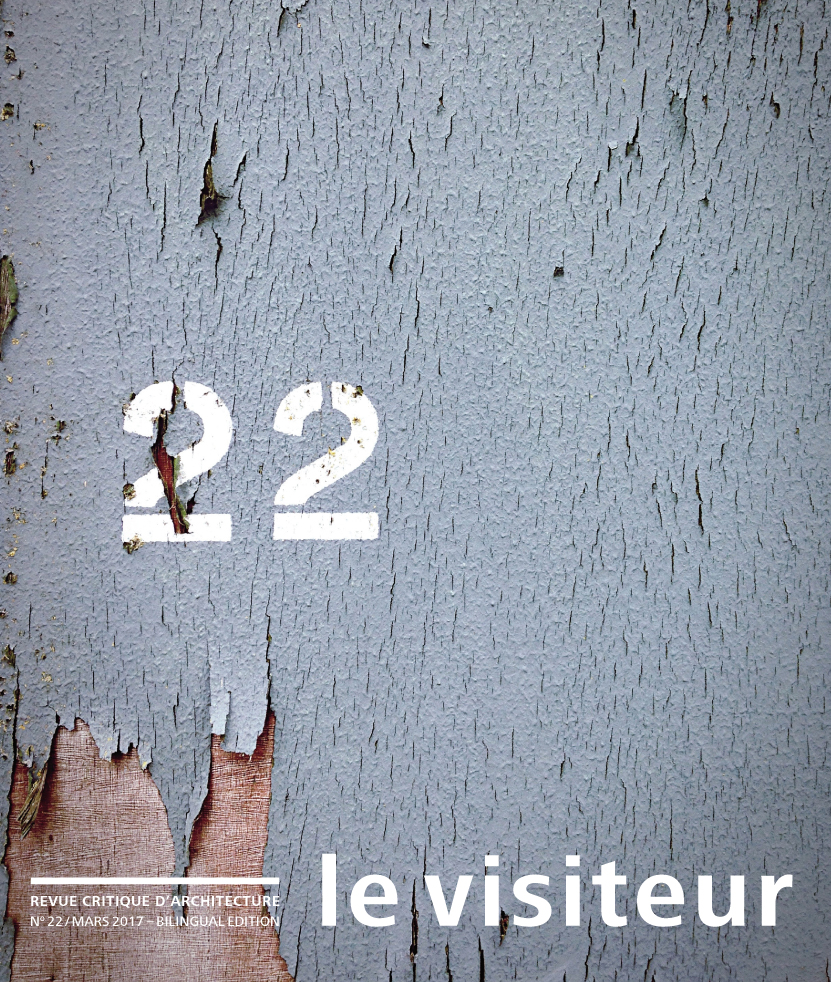

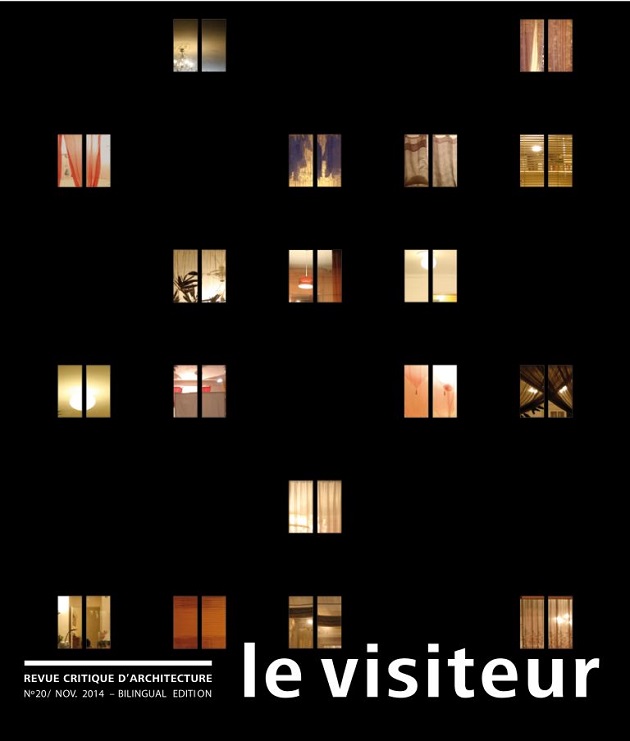
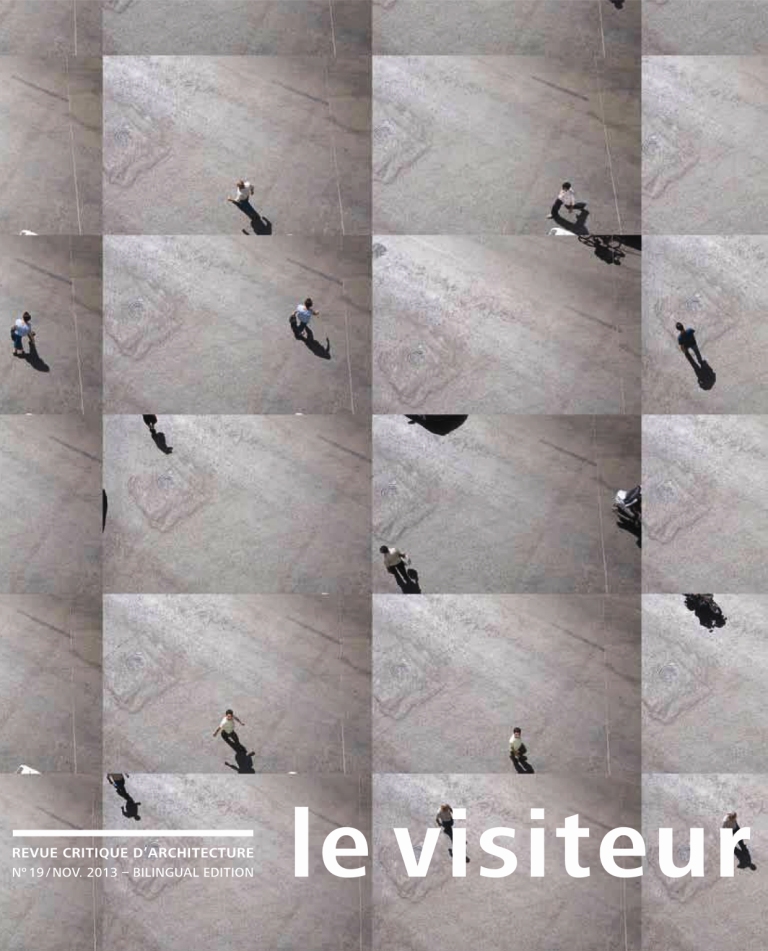

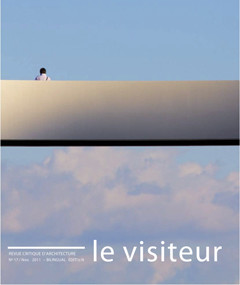

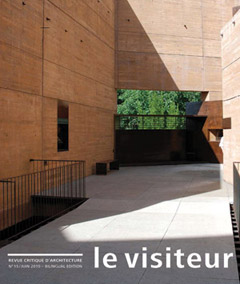
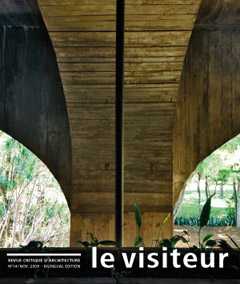
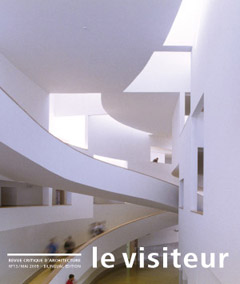
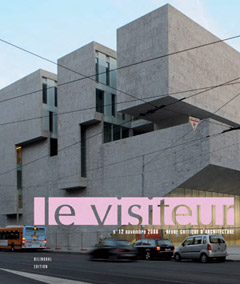


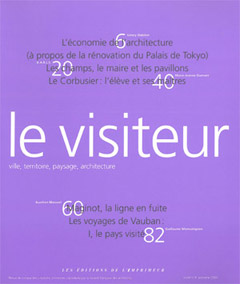
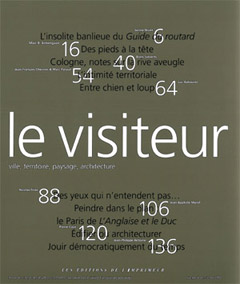







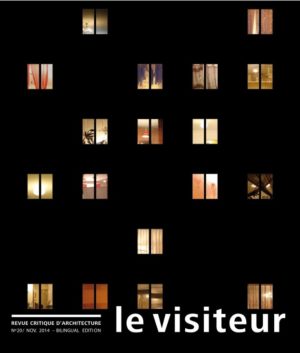
Reviews
There are no reviews yet.